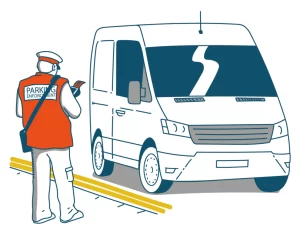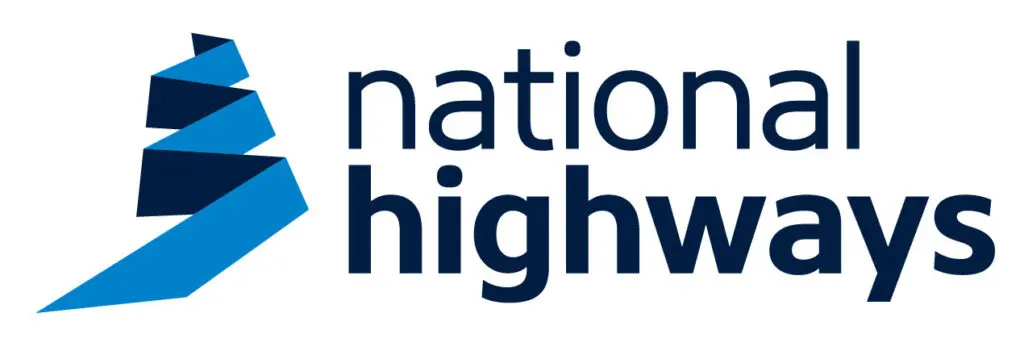Check what you know
Did you know?
Best practice tips
Check what you know
Did you know?
- Drivers face a non-endorsable fixed penalty of £50–£100 for causing an unnecessary obstruction by parking opposite or within 10 metres (32 feet) of a junction.
- Parking lights must be used during the night on a road or layby on a highway with a speed limit higher than 30mph.
A single yellow line painted on the road or kerb means that parking is allowed, but is restricted. Signs on the road show the times parking is restricted.
A double yellow line, either painted on the road or on the kerb, means parking and waiting are not permitted at any time.
Loading bays and parking spaces should not be confused. A loading bay will be marked by a dotted white line surrounding it, along with the words ‘Loading Only’ painted on the road. Signs will be found near loading bays to confirm who can use the bays, when, and for how long.
Drivers could get penalty points on their licence for leaving a vehicle in a dangerous position.
Best practice tips

- Do not park too close to a vehicle displaying a Blue Badge.
- Switch engine and headlights off. At night, all vehicles must display parking lights when parked on a road or lay-by on a road with a speed limit greater than 30 mph.
- Drivers must not drive or park in a cycle lane marked by a solid white line during its times of operation, or drive or park in a cycle lane marked by a broken white line, unless it is unavoidable.
- Dutch Reach: where you are able to do so, you should open the vehicle door using your hand on the opposite side to the door you are opening; for example, use your left hand to open a door on your right-hand side. This will make you turn your head to look over your shoulder. You are more likely to avoid causing injury to cyclists or motorcyclists passing you on the road, or to people on the pavement.
When exiting the vehicle, drivers must ensure they do not hit anyone when opening their door and should check for cyclists or other traffic by using mirrors and looking around at their surroundings.
In some cases, single red lines are used instead of yellow lines. The times that the red line restrictions apply will be shown on nearby signs, but a double red line means no stopping at any time.
Drivers risk a fine and penalty points by parking on yellow or white zig-zag lines. Yellow zig-zags needs an accompanying sign to be legally enforceable. White lines, on the other hand, are enforced by local authorities and the police, and they do not require a sign to be enforceable.
Drivers must not park partially or wholly on the pavement in London or anywhere in Scotland, and should not do so elsewhere unless signs permit it.
Categories


Crown Copyright 2025
You may re-use this information (not including logos) free of charge in any format or medium, under the terms of the Open Government Licence.
To view this licence, visit www.nationalarchives.gov.uk/doc/open-government-licence